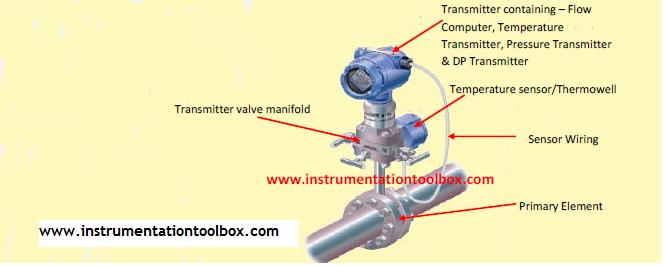As already explained in Control Valve Actuator Bench Set and Valve Stroking, the bench set of a control valve is the pressure range required to stroke the valve from a fully closed to a fully open position.
The bench set pressure range is used to adjust the initial compression of an actuator spring with the valve assembly “on the bench” The correct initial compression is important for the proper operation of the valve-actuator assembly when it is put into service and the proper actuator diaphragm operating pressure is applied.
The bench set range is established with the assumption that there is no packing friction. Accurate adjustment to the bench set range can easily be made during actuator mounting process by making the adjustment before the actuator is connected to the valve assembly.
When attempting to adjust the spring in the field, it is very difficult
The bench set pressure range is used to adjust the initial compression of an actuator spring with the valve assembly “on the bench” The correct initial compression is important for the proper operation of the valve-actuator assembly when it is put into service and the proper actuator diaphragm operating pressure is applied.
The bench set range is established with the assumption that there is no packing friction. Accurate adjustment to the bench set range can easily be made during actuator mounting process by making the adjustment before the actuator is connected to the valve assembly.
When attempting to adjust the spring in the field, it is very difficult



